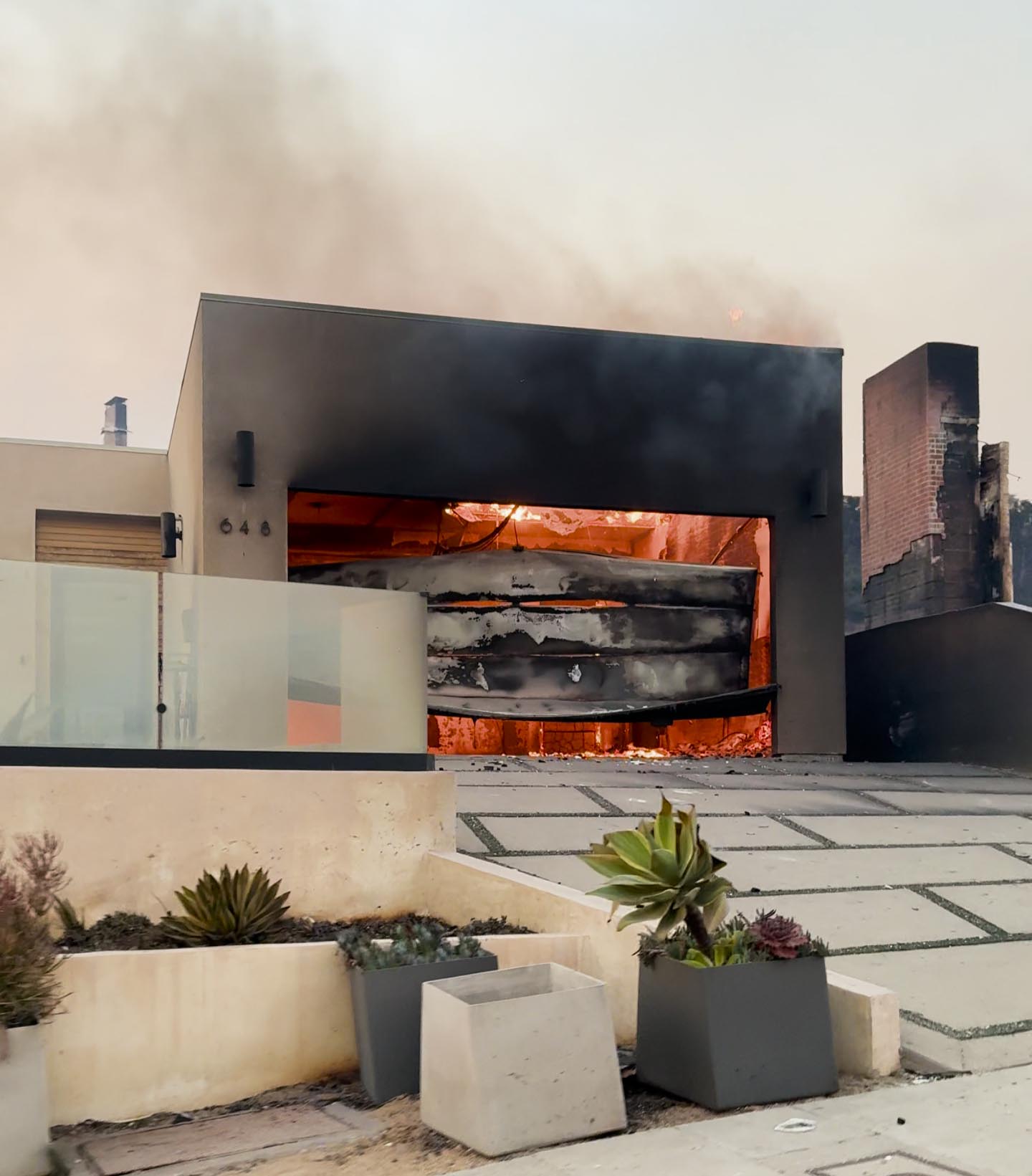People Want to Stay In Their Home
Various recent surveys estimate that 80-90% of people over age 65 want to stay in their home for as long as possible. Somewhat affordable in-home care and changes in technology have helped to make home care a more viable option for many people.
An increasing number of people would like to find ways to tap the large equity in their home and still continue living there. Reverse mortgages are one approach to meeting the need, as they enable drawing out up to 50-65% of the equity in the property. However, as many have discovered, there are some definite drawbacks and fairly high costs associated with these mortgages.
One alternative is to look into the possibility of obtaining a loan based on pension and social security income. This may be even more feasible if there are liquid funds or investments that a lender might impute monthly value to.
The Sale and Lease-back
Another approach to getting capital out of a home is to do a sale and lease-back of it. One way involves inter-generational wealth transfers. For example, a senior could renovate the house, creating a space for themselves, then sell the home to their kids, probably at a favorable price. They would sign a lease and the rent payments would enable the kids to make the loan payments.
A variation of that idea would be to find an investor that is a good match for seniors who want to have more money for retirement but don’t want to leave their homes. Of course, another advantage to the seniors is that their equity would not be exposed to risk in a downward market. Considering the average price of a Palisades home today is over $2.5 million, a 20-25% price correction could be quite substantial.
The sale and leaseback concept is fairly common in the commercial property sector, but not as familiar an idea in residential real estate. Investors seek a stable cash flow and reasonable long-term capital appreciation. Sellers would need to be certain they have a completely solid lease that would allow them to stay in their homes for the agreed-upon time and terms.
For their protection, such a lease might include an escape clause in case the renter became unable to continue living there. They would also need protection against being evicted if the investor decided to move into the home themselves, as well as provide some protection in case the investor were to default on making loan payments. It would be highly advisable for the parties to engage a real estate attorney to be sure these and other issues were considered and resolved in the lease language.
Keys to Success
The key to this approach being successful will be the negotiated rent. Although the seller may feel the monthly payments are more than they would like to pay, they will have substantial funds with which to pay it. For example, if an investor will want at least a 4% return on a $2 million home, they will aim for a monthly rent close to $8,000 after factoring in operating costs like insurance, property taxes, etc.
Considering how high home sale prices are as compared with rental rates, buyers won’t be incentivized to accept a lower return if the rental income is too low.




